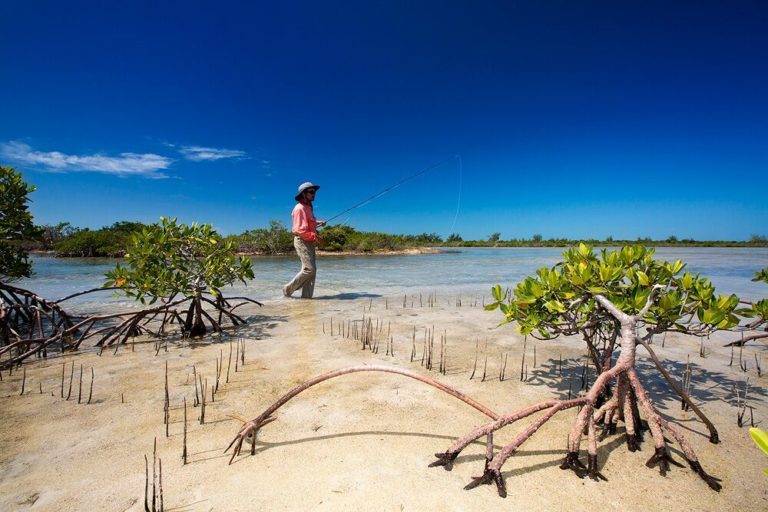Anglers who have the good fortune to visit Cuba find a flats fishing paradise. All of the recreational fishing concessions in Cuba occur in Marine Protected Areas or National Parks, where only catch-and-release fishing and highly regulated commercial fishing (usually for lobster) is allowed; this goes great lengths to protect these fisheries. But outside of the protected areas, there is a mixture of less regulation and lack of enforcement. In some areas, overfishing is occurring. And there is little data regarding how much bonefish, tarpon, and permit residing in the protected regions migrate into unprotected areas, where they are vulnerable to harvest.
BTT has been collaborating with colleagues in Cuba since 2008, helping to gather the scientific data necessary to help them draft sound fisheries management plans and initiate education programs. Our work has included tagging efforts to track the movement patterns of fish, and determine whether the protected areas are large enough to preserve the fishery. BTT collaborators also collected tissues samples from bonefish and tarpon for BTT’s genetics studies, which measured the extent that fish populations in different parts of the Caribbean, Gulf of Mexico, and Atlantic are connected, and launched an ongoing study to examine the occurrence of diseases in bonefish in Cuba in comparison to Florida and other locations in the Caribbean. Additional work in Cuba has included research to determine if juvenile tarpon remain in protected areas or move into unprotected waters, and a study to define Cuba’s loosely regulated “sport fishery” and measure its impact on flats species. These efforts are ongoing, as are the discussions to create a flats fishery management plan.




